It has developmentally taken me a long time to realize I really need people. So you know, it goes from that kind of like “I’m going to be the heroic artist in my atelier,” to you know, “Let’s get together and make s’mores and drink whisky and make design.”
Archive (Page 1 of 5)
I used to kind of deify these people, presuming that they were presenting some gospel that I just had to work and work and work to try to understand so that I could like, put on their glasses and see the world through their lenses. But ultimately I realized that these are fallible people, often egomaniacs, often really bad writers. And that’s why I can’t understand it. So it’s not to give up on them too quickly. If you put in the work to try to understand what they’re saying. But not to regard their work as gospel.
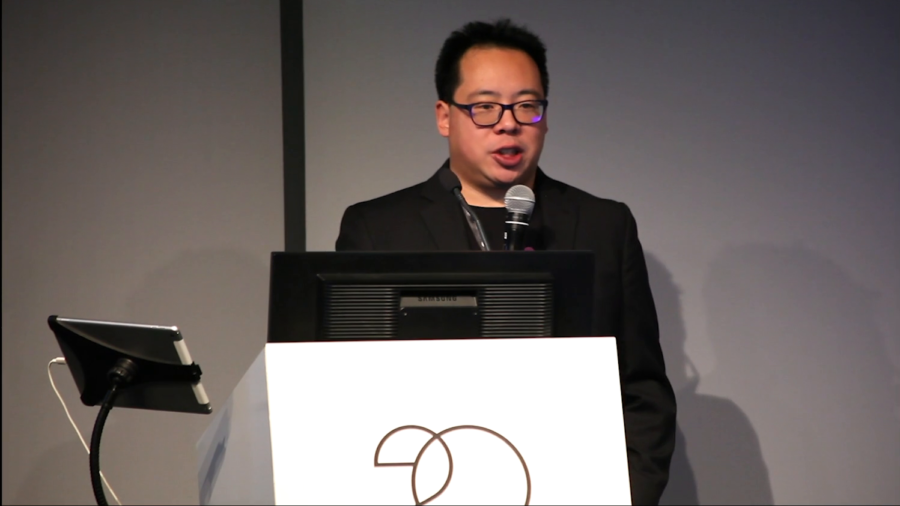
Star Trek’s vision of a voice interface to computing was and remains incredibly compelling. So much to the extent that about three years ago, Amazon included “Computer” as a wake word to the Echo so that we can pretend to talk to the first mass-market voice assistant as if we’re on a spaceship in the 24th century.
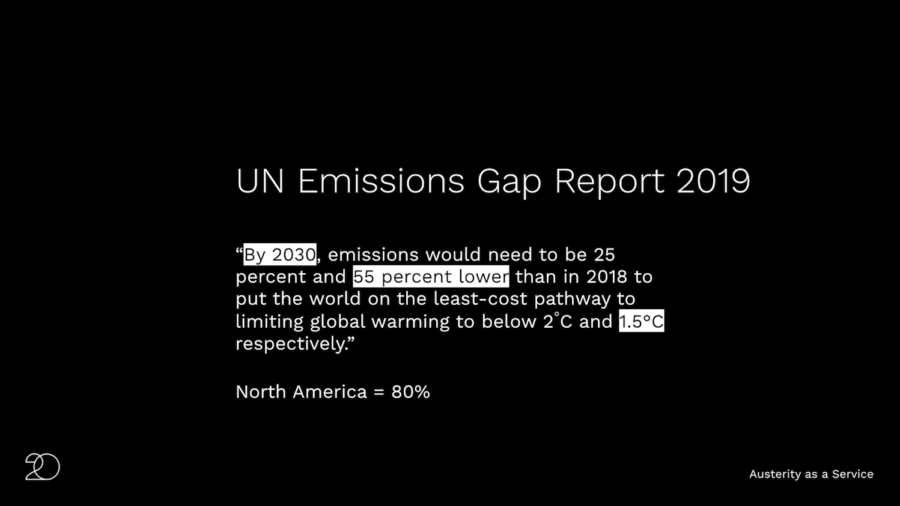
As a human-centered designer what is my role, what is our role, in this kind of bigger picture? If this is the dominant lens of society, what’s our contribution?
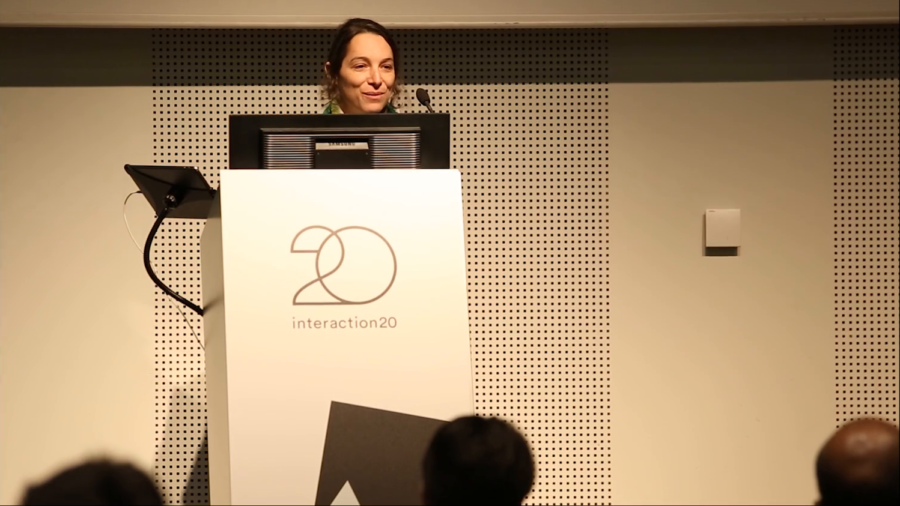
For an experience to be memorable let alone transformative, the human brain has to be pushed out of default auto-pilot mode into conscious thought. And that push necessarily involves some level of discomfort.
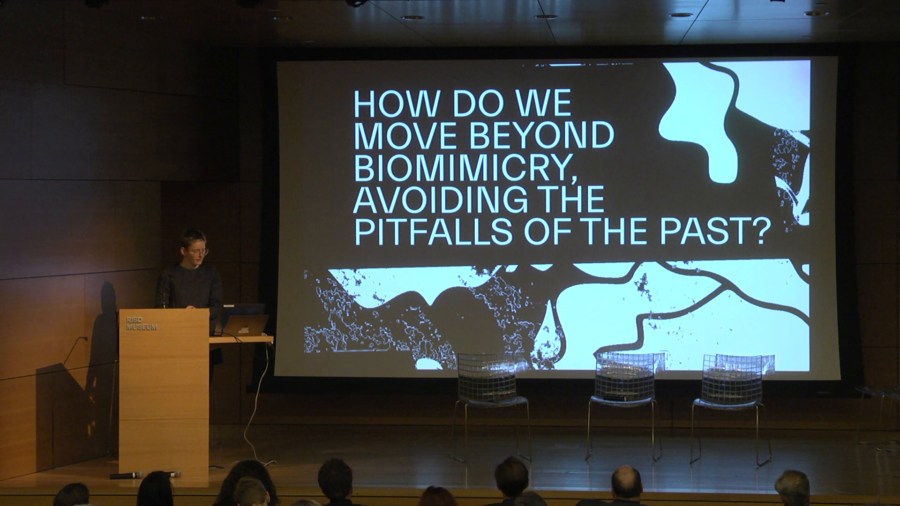
Today, we will examine the historical and philosophical roots of biocentrism, biomimicry, explore the quality of the relationship it presupposes with nature, and question its ecofriendliness. We will introduce emerging alternatives to biomimicry and discuss the challenges it promises.
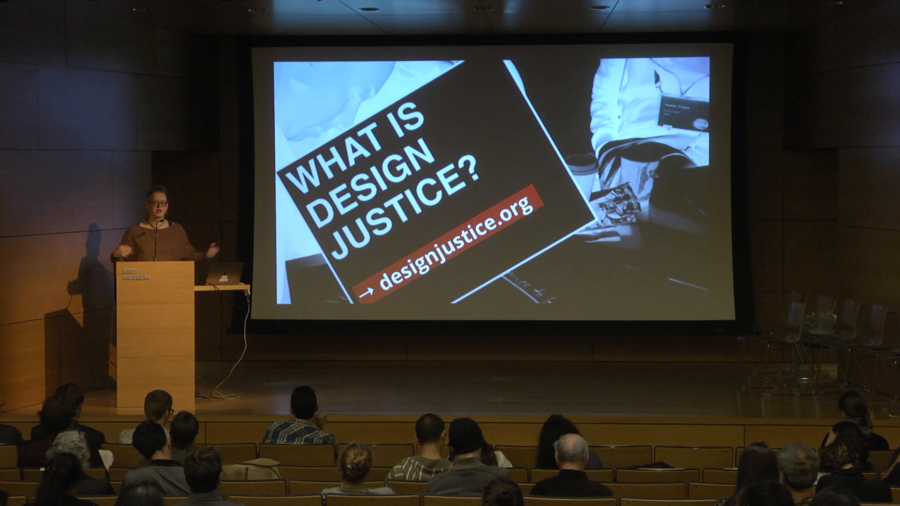
What I want to share is one way of thinking about how we’re going to design and build the technologies and the sociotechnical systems that we need for a Green New Deal, if such a thing is what we do want to build. And what that could look like through the lens of this community of practitioners that I’m part of, which is the Design Justice Network.
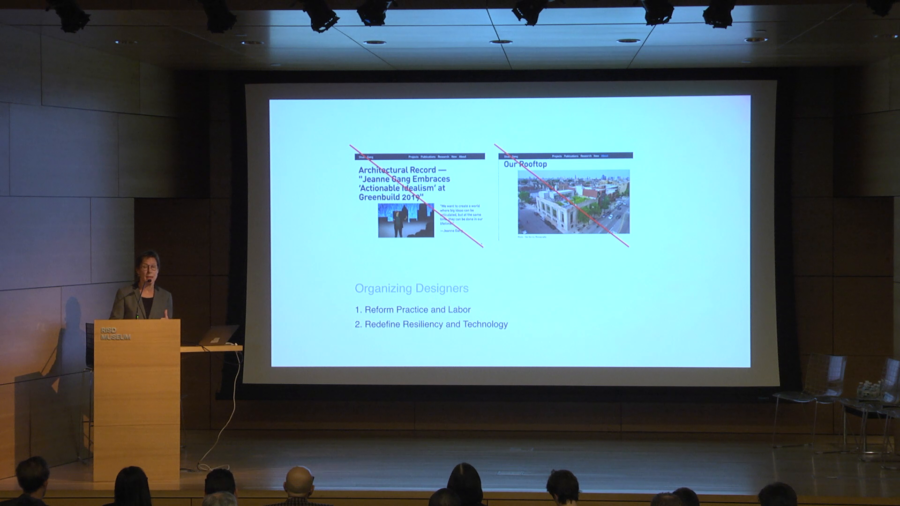
The main thing that we need to be doing is working as a discipline, as a profession, as a unified voice, so that we sit at the table of policymaking and are believed as not just ambulance-chasers for work for ourselves but as people with knowledge and whatever embeddedness in the community, and our design expertise within the community is absolutely essential.
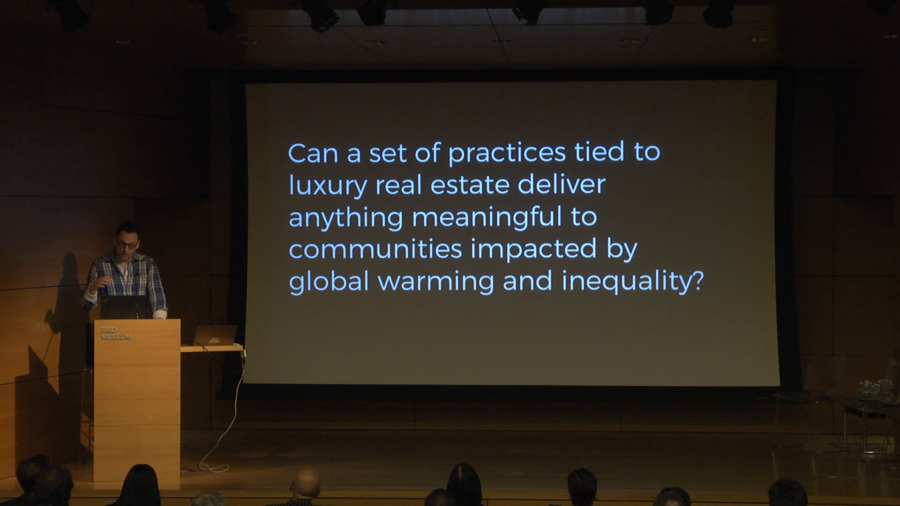
I think that Damian asked me here in large part to talk about this essay from last spring in Places Journal that begins pretty timidly with this line, I don’t know when the myth of designers as climate saviors began, but I know that it’s time to kill it.
Which as you can imagine got me invited to lots of dinner parties at Harvard.

I think we need to start thinking critically about things that we perceive as wholesome. Empathy has become a big business, and we ought to be able to examine it. Everyone’s always trying to diagnose disabled people. But I’m gonna have a little bit of fun. And I’m actually gonna diagnose all of you.
